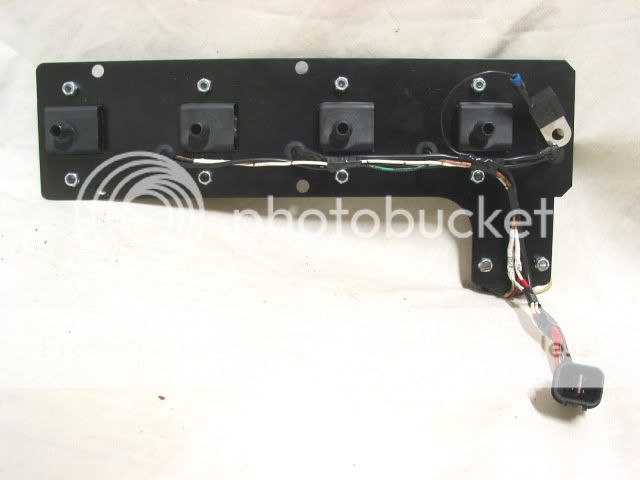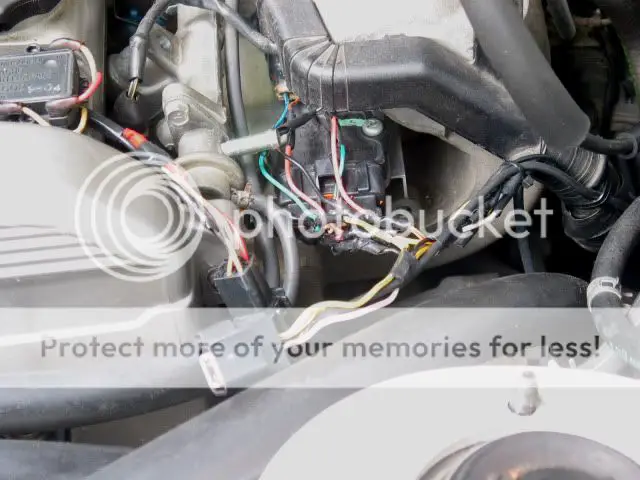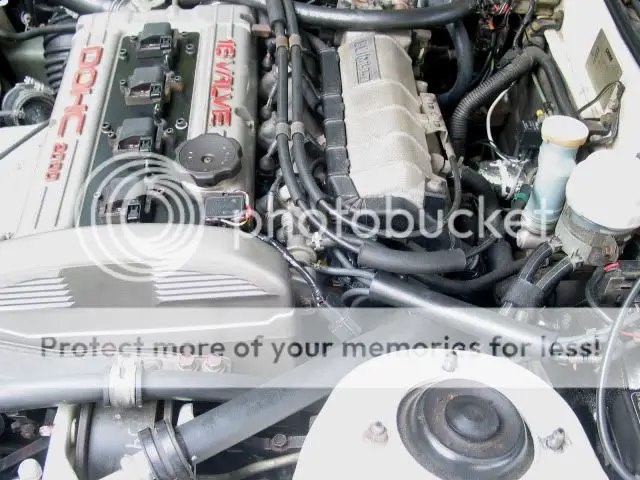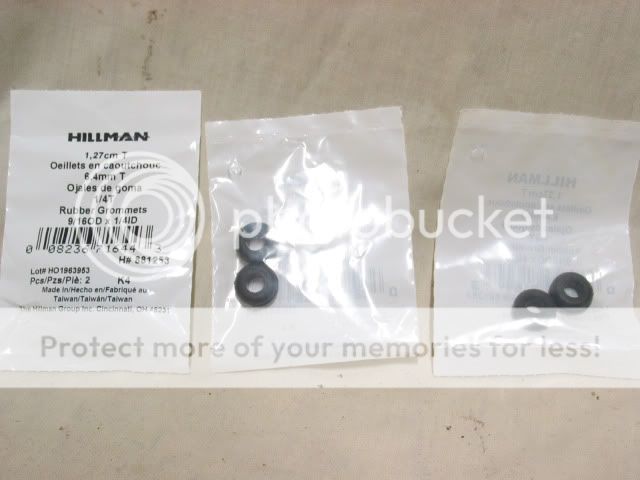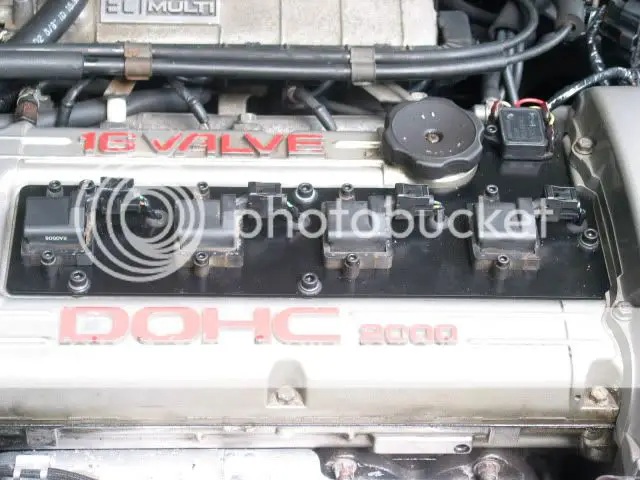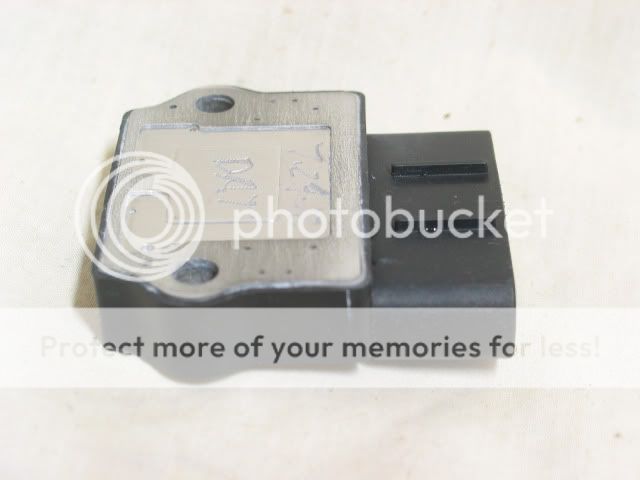curtis
Well-known member
Well as for gap I always say .024 but Nelson found .014 or .018 lights up his car on big boost without being blown out. This also brings up the spark plug types being protruded or not and resistivity in them. That I'm sure could be a thread on its own. I really bet being built as well as it should be and a M&W /HKS /Dynatech box on the cars .052 on big boost wouldn't run do to the flame being blown out by the fuel air mix in a crazy pressurized environment.

